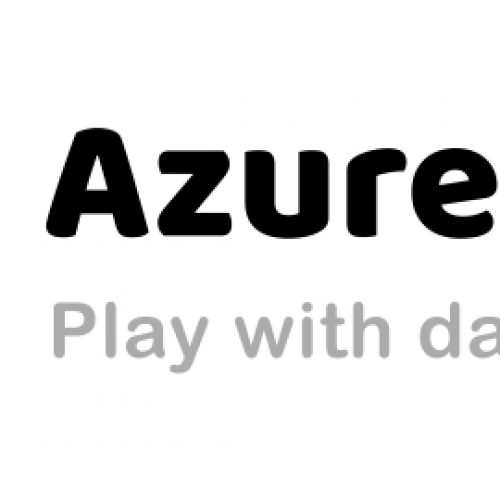The most-read posts in 2018
on this blog
Good morning #sqlfamily folks!
The very first post in the new year 2019. Tell me: when this time passed??? The year 2018 has just gone. From the blog perspective, it was the first, full year of posting.
It’s about time to wrap up the statistics of the year. I mean… not in numbers but in popularity of blog posts. Let’s see what articles were visited the most. Surprisingly (at least for me), series of the podcast is not in the top 10*.
- SCD type 1 & type 2 in MERGE statement
- Slowly Changing Dimensions (SCD)
- New DB project with SSDT and import existing database
- #TSQL2sDay – How SQLPackage.exe can spoil your deployment
- Azure Data Factory v2 and its available components in Data Flows
- sp_send_dbmail fails with query result attached as file
- How to create DACPAC file?
- Setting up Code Repository for Azure Data Factory v2
- Functions in the USQL – the hidden gem in the Summer 2017 Update
- Preparation for SQL Server installation
* Ranking based on Unique Page Views from Google Analytics.
About author
You might also like
Last Week Reading (2022-01-02)
? Press Efficient Upserts into Data Lakes with Databricks Delta When MERGE on data lake is inefficient. Building a Data Mesh Architecture in Azure – part 1 With this post,
Speaking at SQLSaturday #656 Denmark 2017
On Saturday, October 7th, I’m speaking at SQLSaturday #656 Denmark 2017! I’m presenting Maintenance of a DB project and Continuous Delivery using SSDT. I will unveil disadvantages of SSDT and
SQLPlayer is renaming
It was about time. The blog and all related services are being changed the name. From SQL Player to Azure Player. You probably noticed over several years that the most








0 Comments
No Comments Yet!
You can be first to comment this post!